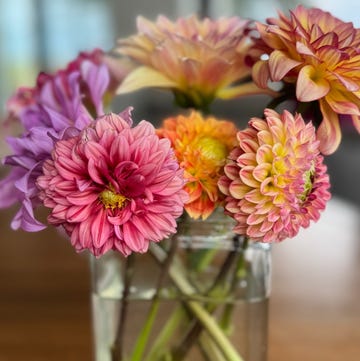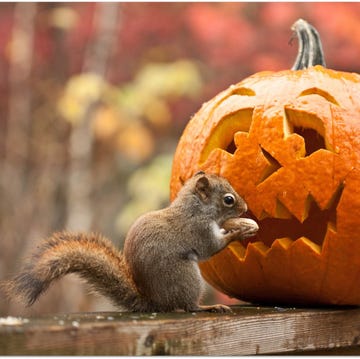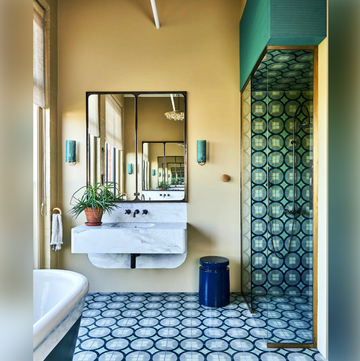1Marigold
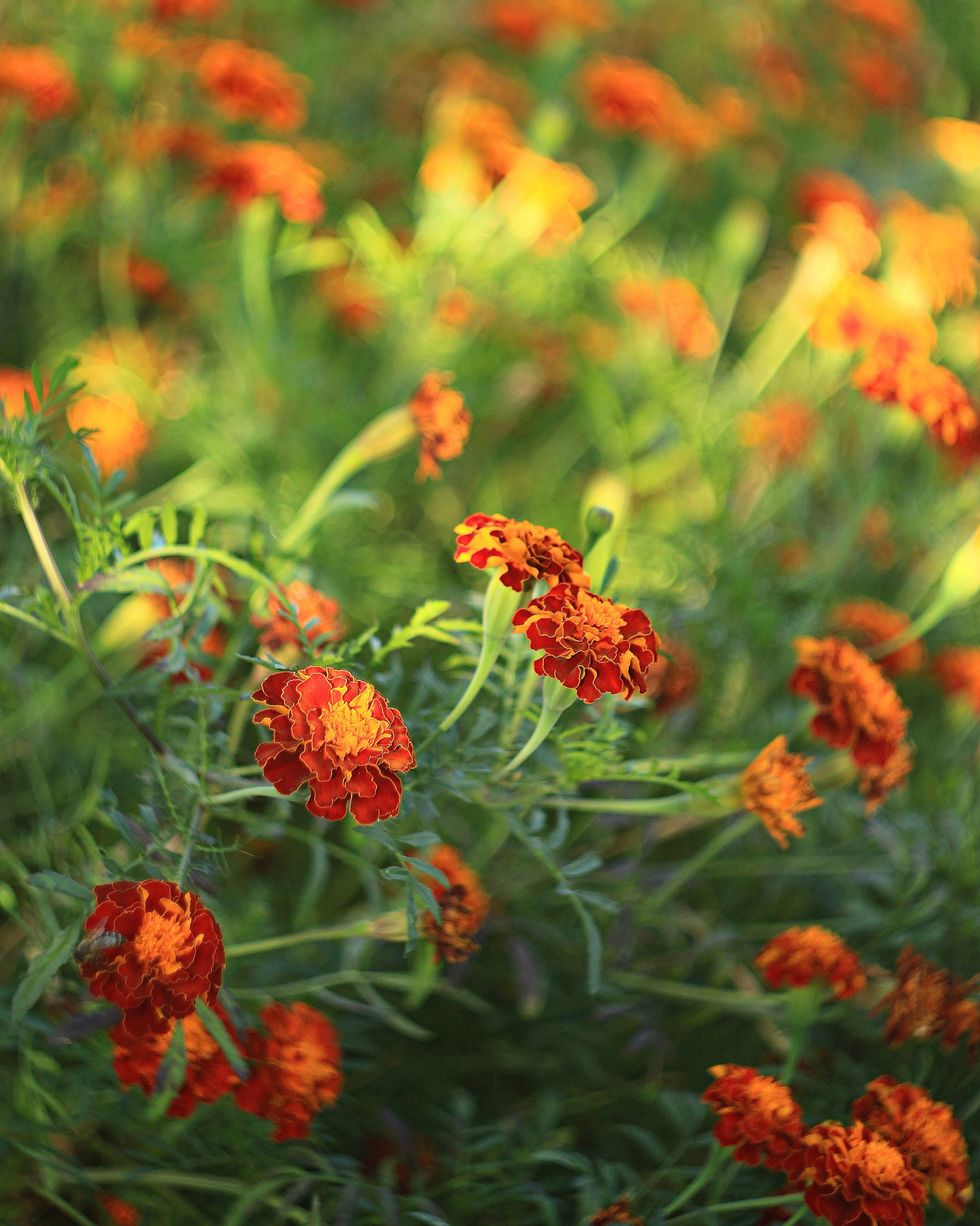 Catherine Cheglikova / EyeEm//Getty Images
Catherine Cheglikova / EyeEm//Getty ImagesMarigolds are some of the sturdiest annuals around. They come in cheery shades of yellow, orange, apricot and cream, and they can grow to a height of 6 to 18 inches tall. They’ve been popular for decades because they’re hardy and drought-tolerant once established.
Sun Exposure: full sun
USDA Hardiness Zones: 2 to 11
SHOP MARIGOLD
2Begonia
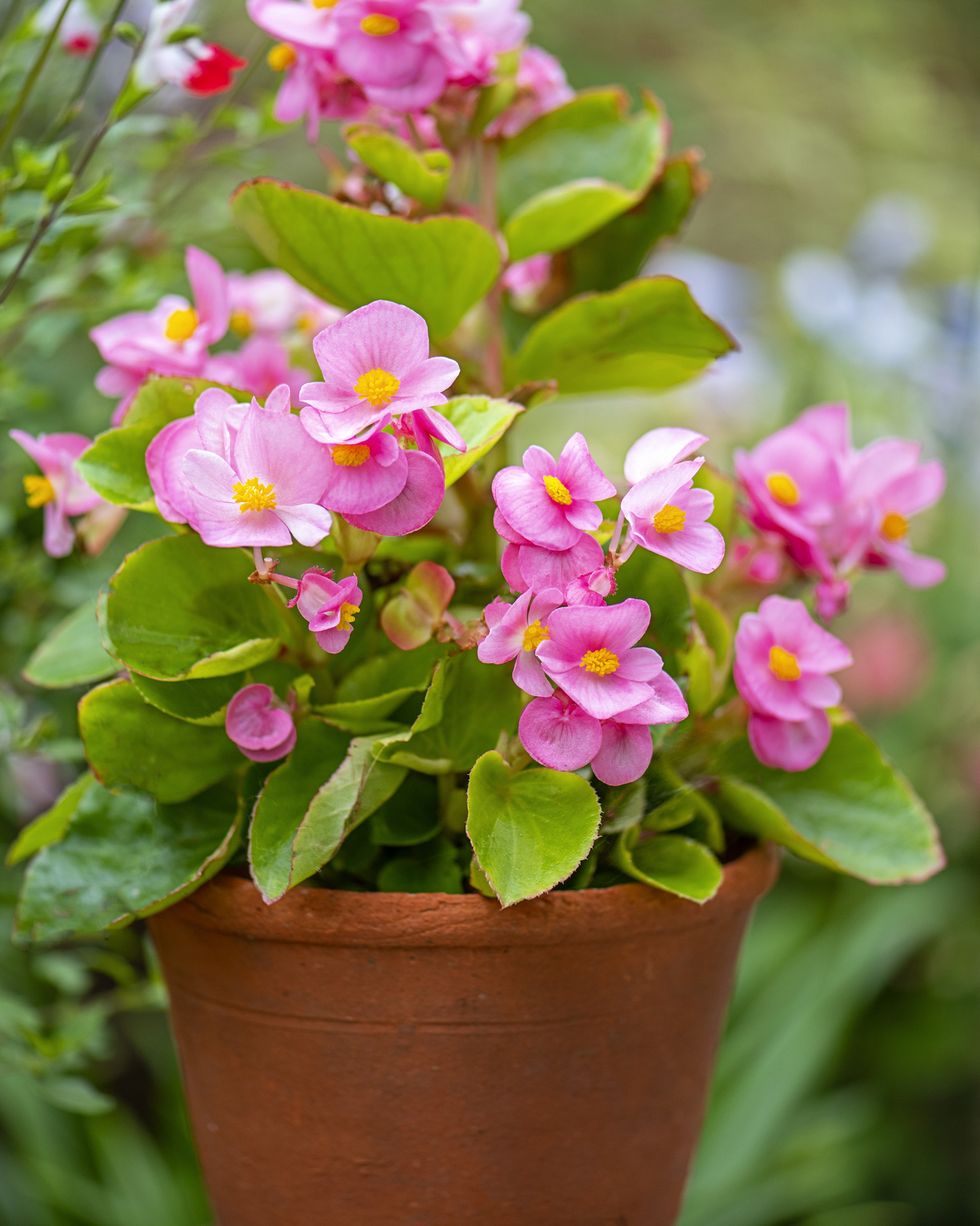 Jacky Parker Photography//Getty Images
Jacky Parker Photography//Getty ImagesThere are many different varieties of begonias, but they all bloom profusely in shades of pink, white and red. The winged-leaf types are especially stunning. Begonias prefer part sun to full shade, depending on the variety.
Sun Exposure: full shade to part sun
USDA Hardiness Zones: 2 to 10
SHOP BEGONIA
Advertisement - Continue Reading Below
3Sweet Alyssum
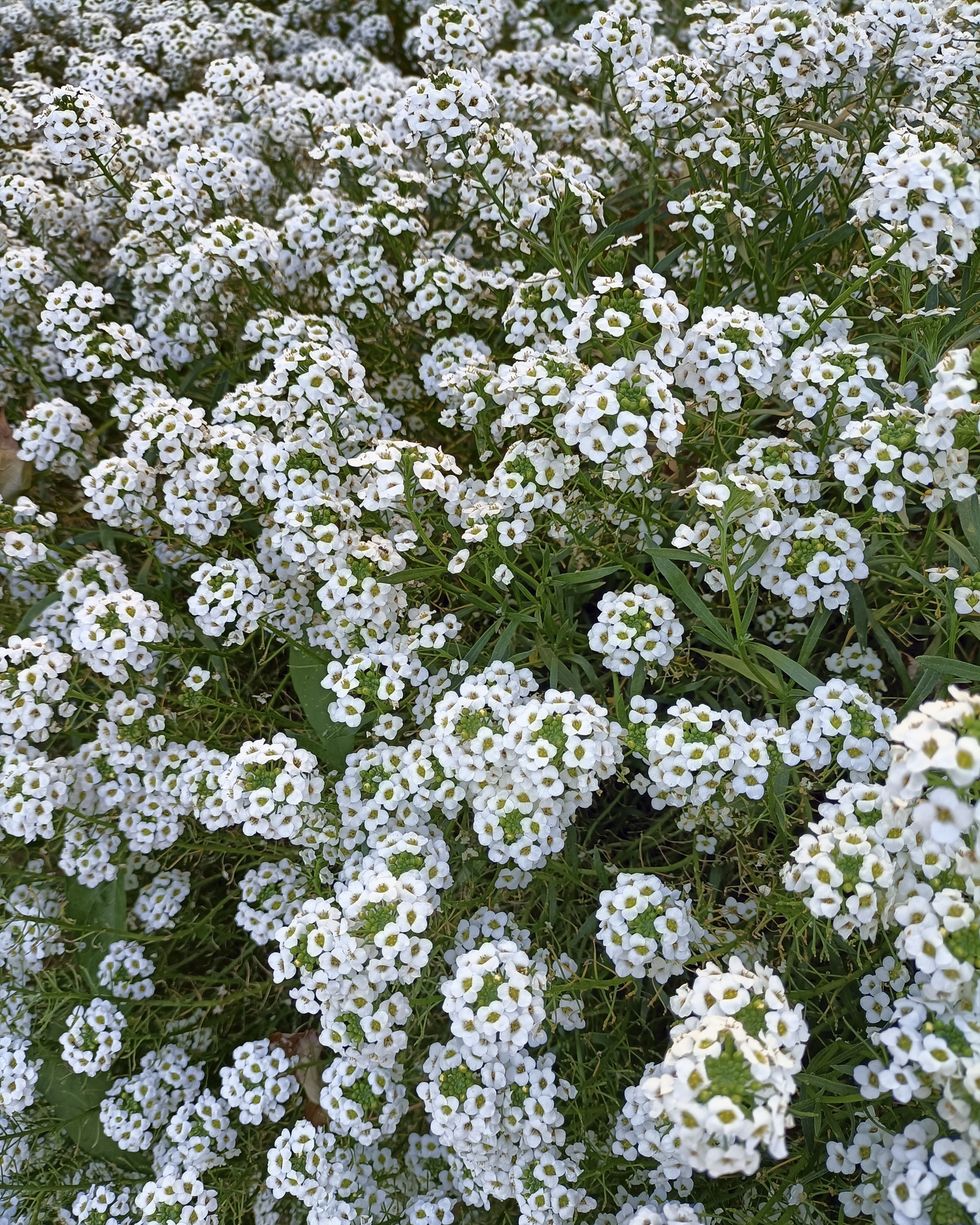 Elizabeth Fernandez//Getty Images
Elizabeth Fernandez//Getty ImagesThis sweetly-scented low-growing annual comes in pink, purple and white. It’s beautiful cascading from pots, window boxes, and hanging baskets, and pollinators love it! It will even tolerate a light frost or two.
Sun Exposure: part sun to full sun
USDA Hardiness Zones: 5 to 9
SHOP SWEET ALYSSUM
4Angelonia
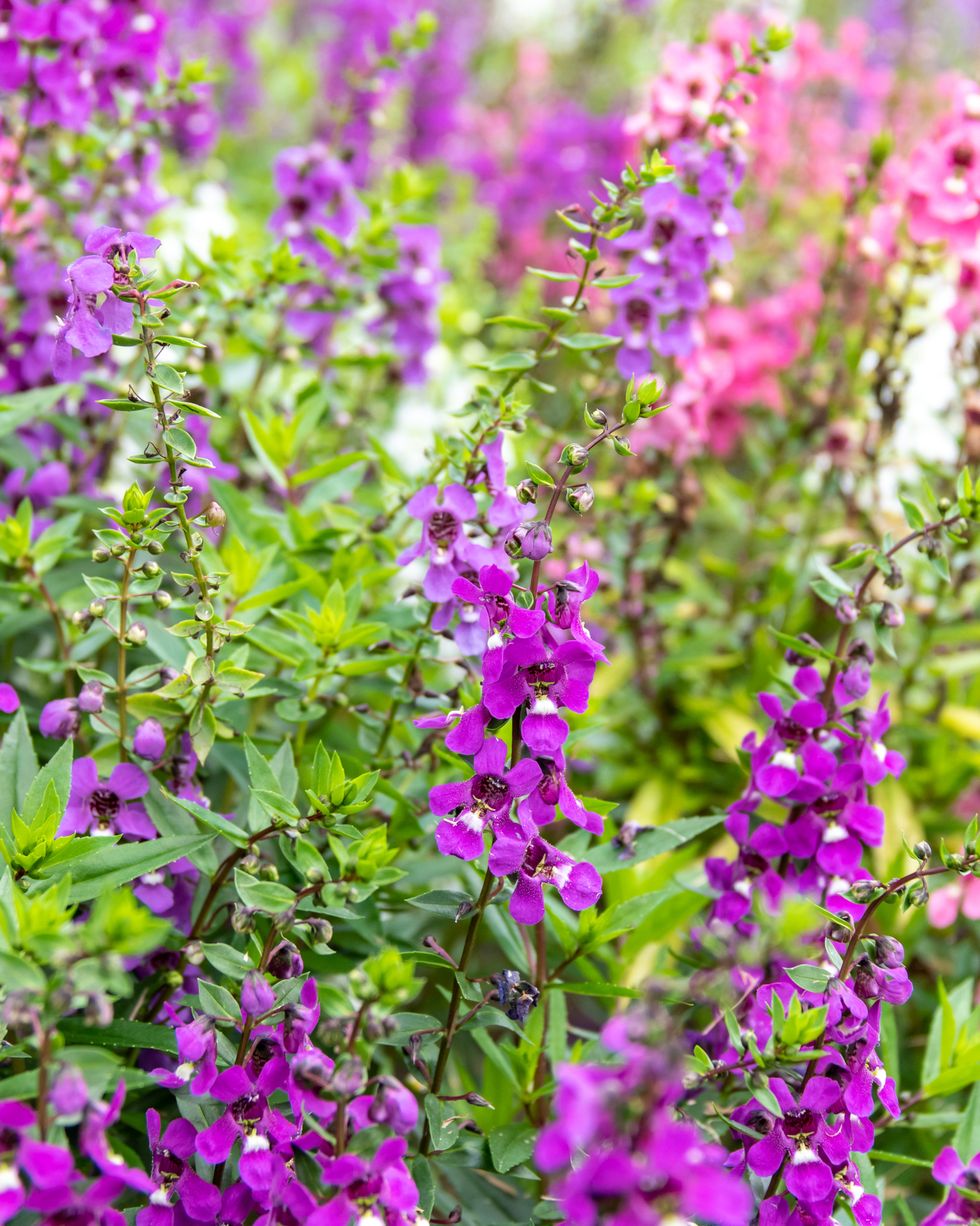 Wirestock//Getty Images
Wirestock//Getty ImagesOften called summer snapdragon, angelonia comes in upright or cascading forms in white, pink, yellow, peach, purple, and bicolor varieties. Its tiny flowers do resemble snapdragon flowers, but it withstands the heat better.
Sun Exposure: full sun
USDA Hardiness Zones: 9 to 11
SHOP ANGELONIA
Advertisement - Continue Reading Below
5Sunflower
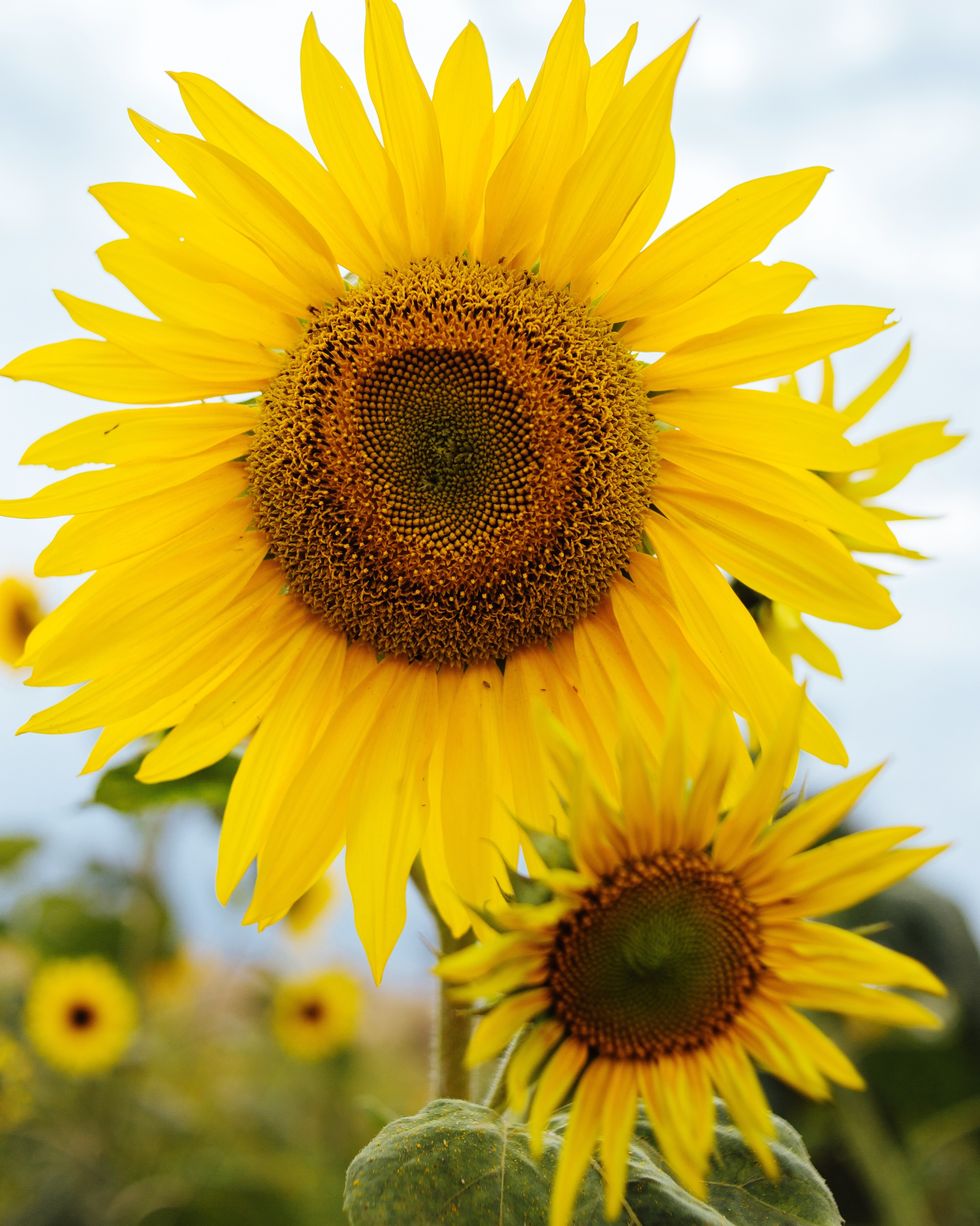 Daniel Msirikale / EyeEm//Getty Images
Daniel Msirikale / EyeEm//Getty ImagesOne of the easiest flowers to grow from seed, sunflowers can reach anywhere between a foot to over 10 feet tall! Pollinators adore their late season blooms, and they come in many shades besides sunny yellow, including pink, burgundy and chocolate.
Sun Exposure: full sun
USDA Hardiness Zones: 2 to 11
SHOP SUNFLOWERS
6Ammi
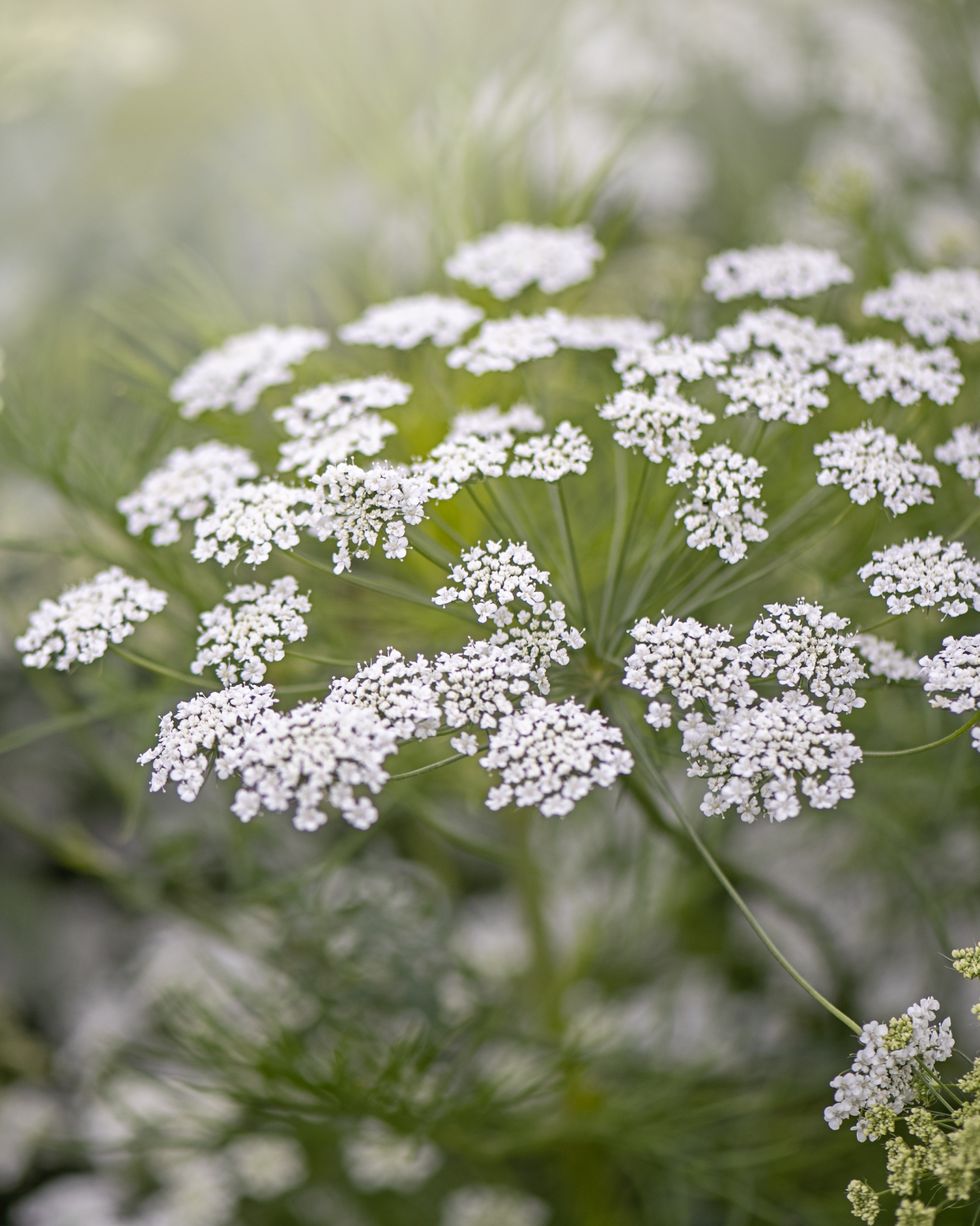 Jacky Parker Photography//Getty Images
Jacky Parker Photography//Getty ImagesAmmi is a lesser-known annual that resembles the roadside wildflower, Queen Anne’s lace. Its frilly flowers appear on long stems, and they make beautiful cut flowers. It’s easy to grow from seed.
Sun Exposure: part sun to full sun
USDA Hardiness Zones: 2 to 11
SHOP AMMI
Advertisement - Continue Reading Below
7Pansies and Violas
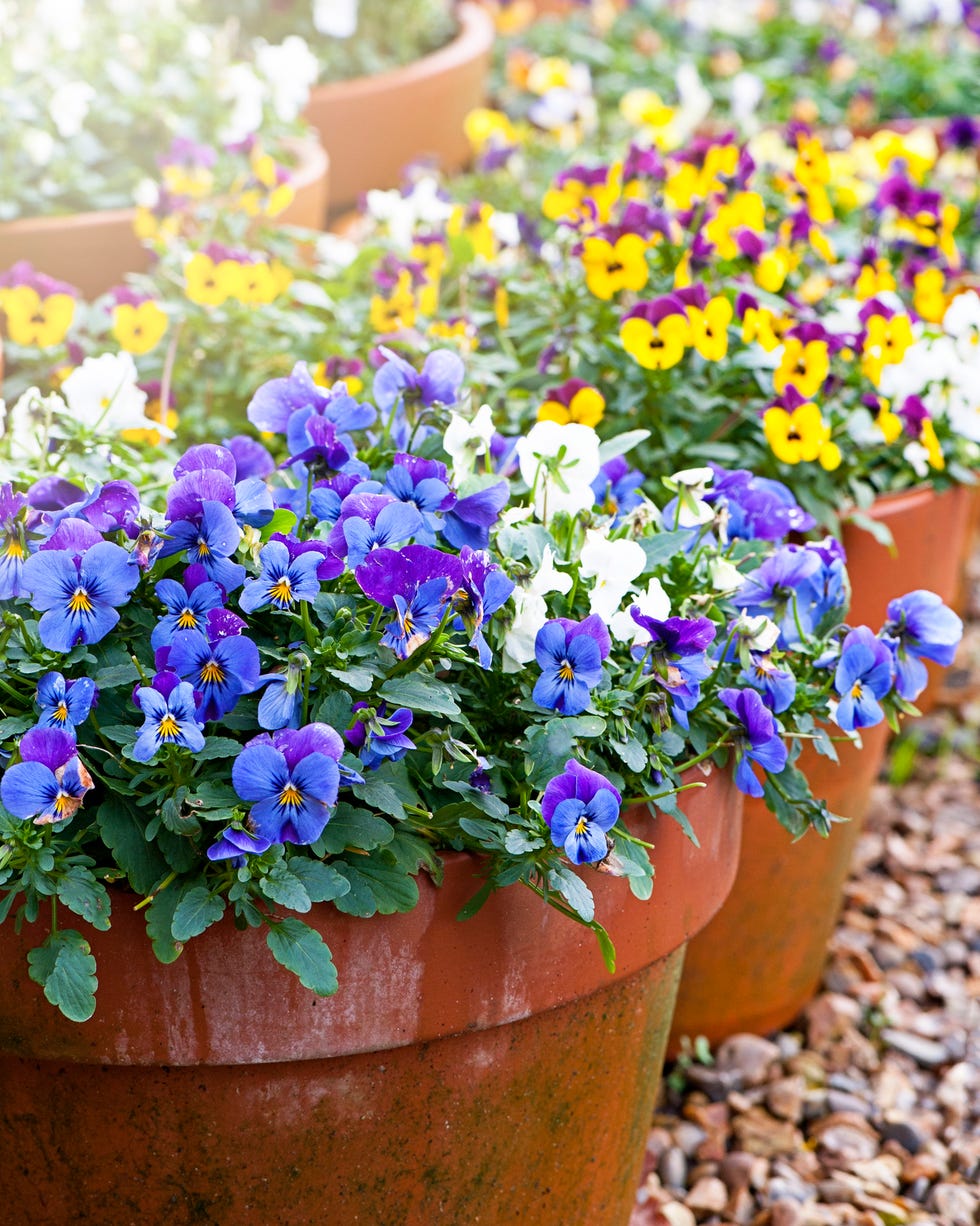 Jacky Parker Photography//Getty Images
Jacky Parker Photography//Getty ImagesThe happy, little faces of pansies and violas prefer cooler weather, so they do best in spring and fall. Give them full sun, though they’ll hang on in the heat of summer if they have some afternoon shade.
Sun Exposure: part sun to full sun
USDA Hardiness Zones: 7 to 10
SHOP PANSIES AND VIOLAS
8Petunia
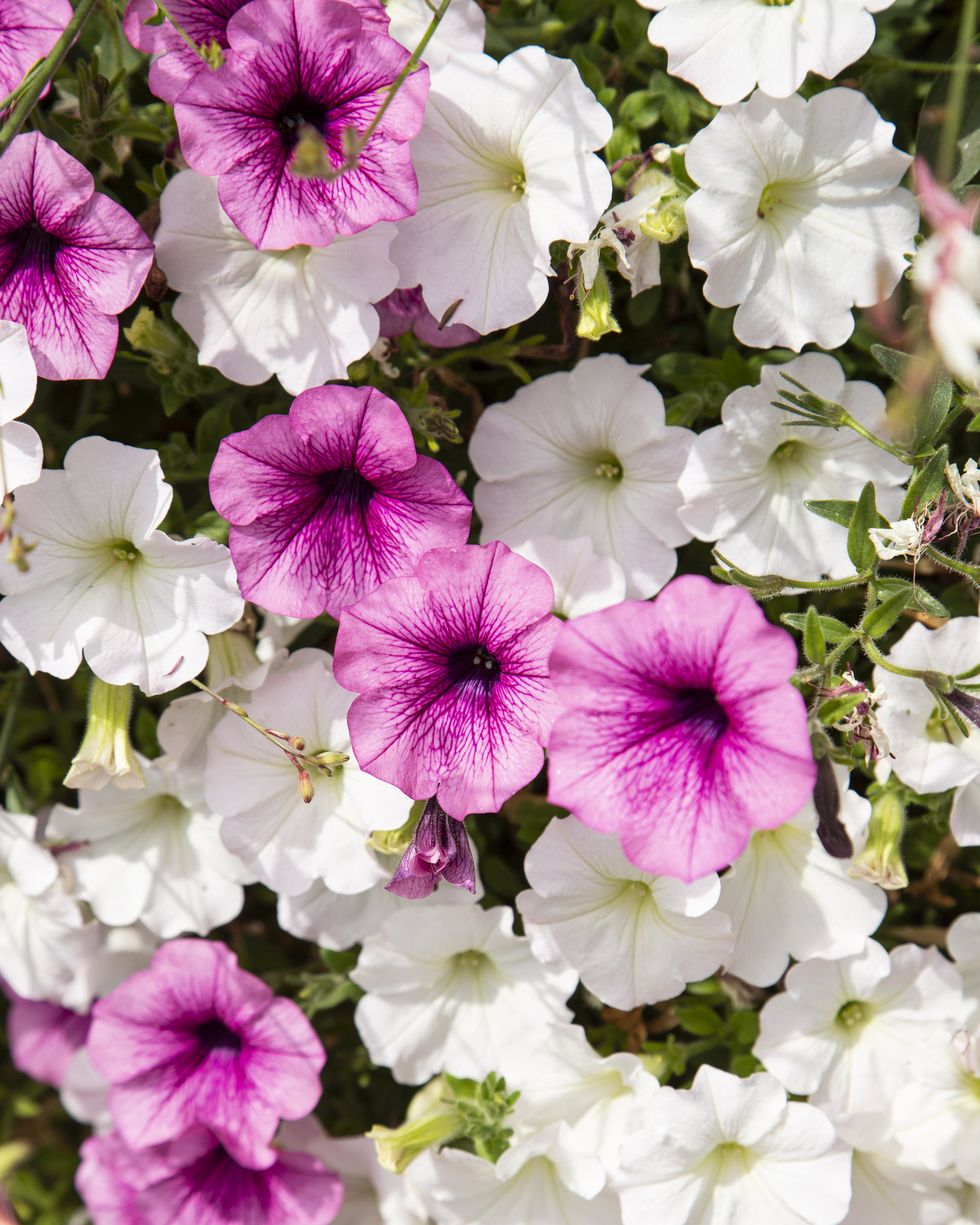 bewolf design//Getty Images
bewolf design//Getty ImagesPetunias are an old-fashioned favorite that come in every color imaginable from white to pink to purple, and some even have stripes! They’re a pollinator favorite. Newer types don’t have to be deadheaded, or have spent blooms removed, in order to bloom all summer long.
Sun Exposure: full sun
USDA Hardiness Zones: 9 to 11
SHOP PETUNIA
Advertisement - Continue Reading Below
9Cuphea
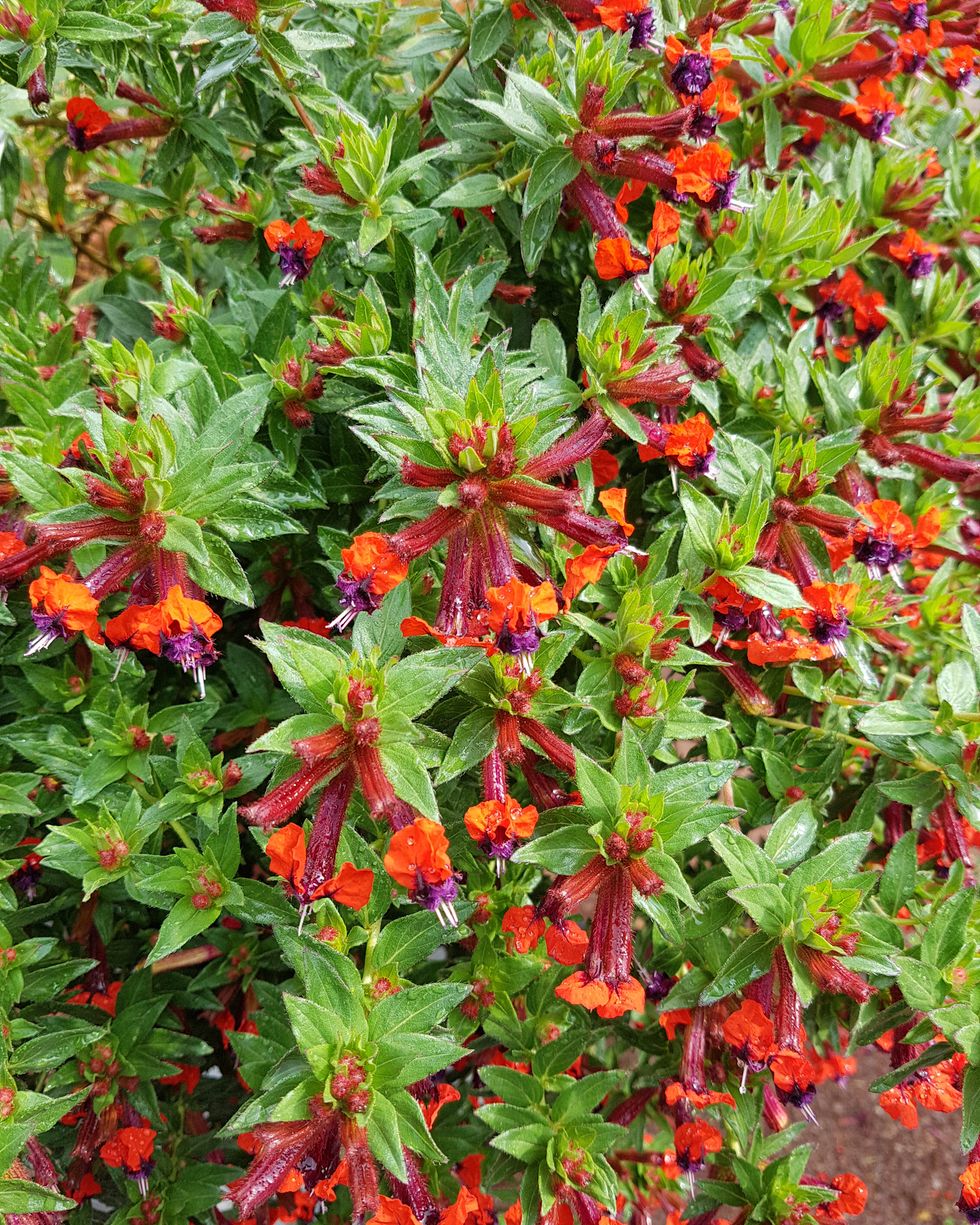 emer1940//Getty Images
emer1940//Getty ImagesAlso called firecracker plant for its bright orange cigar-shaped flowers, this annual is irresistible to hummingbirds. Cuphea doesn’t mind the heat, even in midsummer. Give cuphea its own container because it has a tendency to take over.
Sun Exposure: full sun
USDA Hardiness Zones: 8 to 11
SHOP CUPHEA
10Lobelia
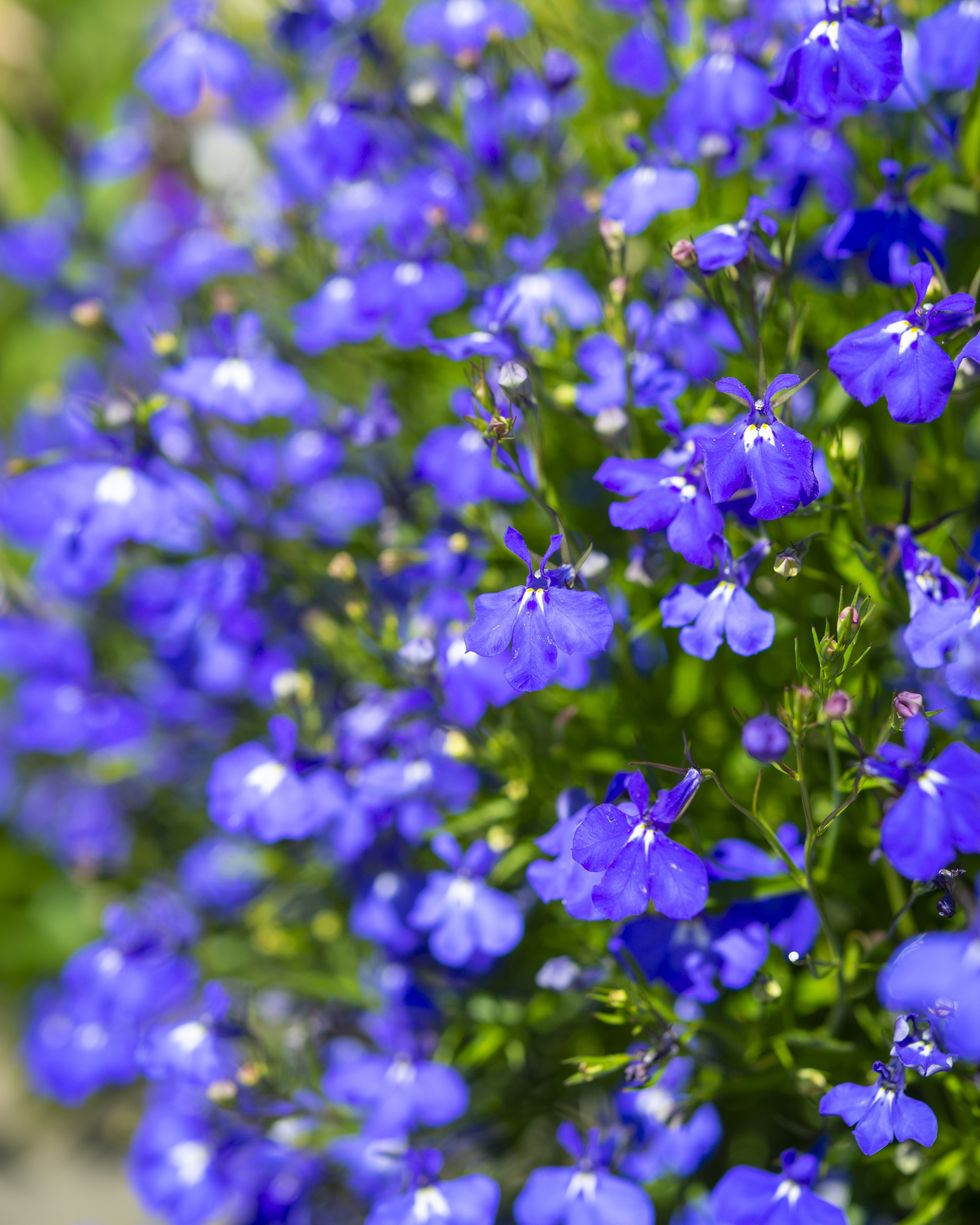 Photos by R A Kearton//Getty Images
Photos by R A Kearton//Getty ImagesLobelia has delicate white, purple or pink flowers that drape nicely from baskets and window boxes. However, it doesn’t like the heat at all. Once temperatures are consistently in the high 70s, it gets leggy. Trim it back and it may revive in fall.
Sun Exposure: full shade to part sun
USDA Hardiness Zones: 2 to 11
SHOP LOBELIA
Advertisement - Continue Reading Below
11Calibrachoa
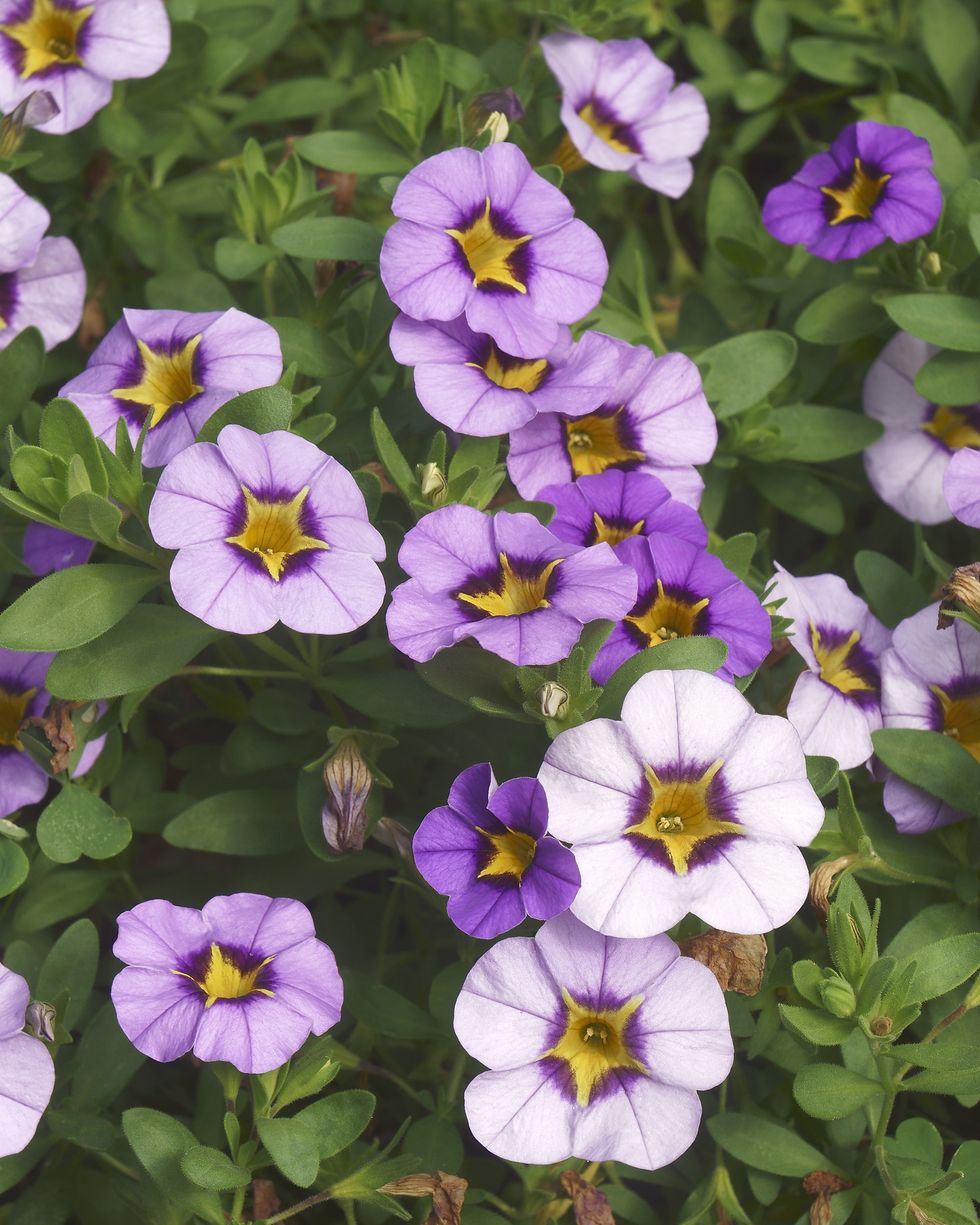 nickkurzenko//Getty Images
nickkurzenko//Getty ImagesCalibrachoa resembles petunia but it’s a different plant altogether. The small trumpet-shaped flowers bloom and bloom, and you never have to deadhead it to keep the flowers coming. It's available in stunning, saturated colors from hot pink to orange, and everything in between. Hummingbirds love this plant!
Sun Exposure: part sun to full sun
USDA Hardiness Zones: 9 to 11
SHOP CALIBRACHOA
12Torenia
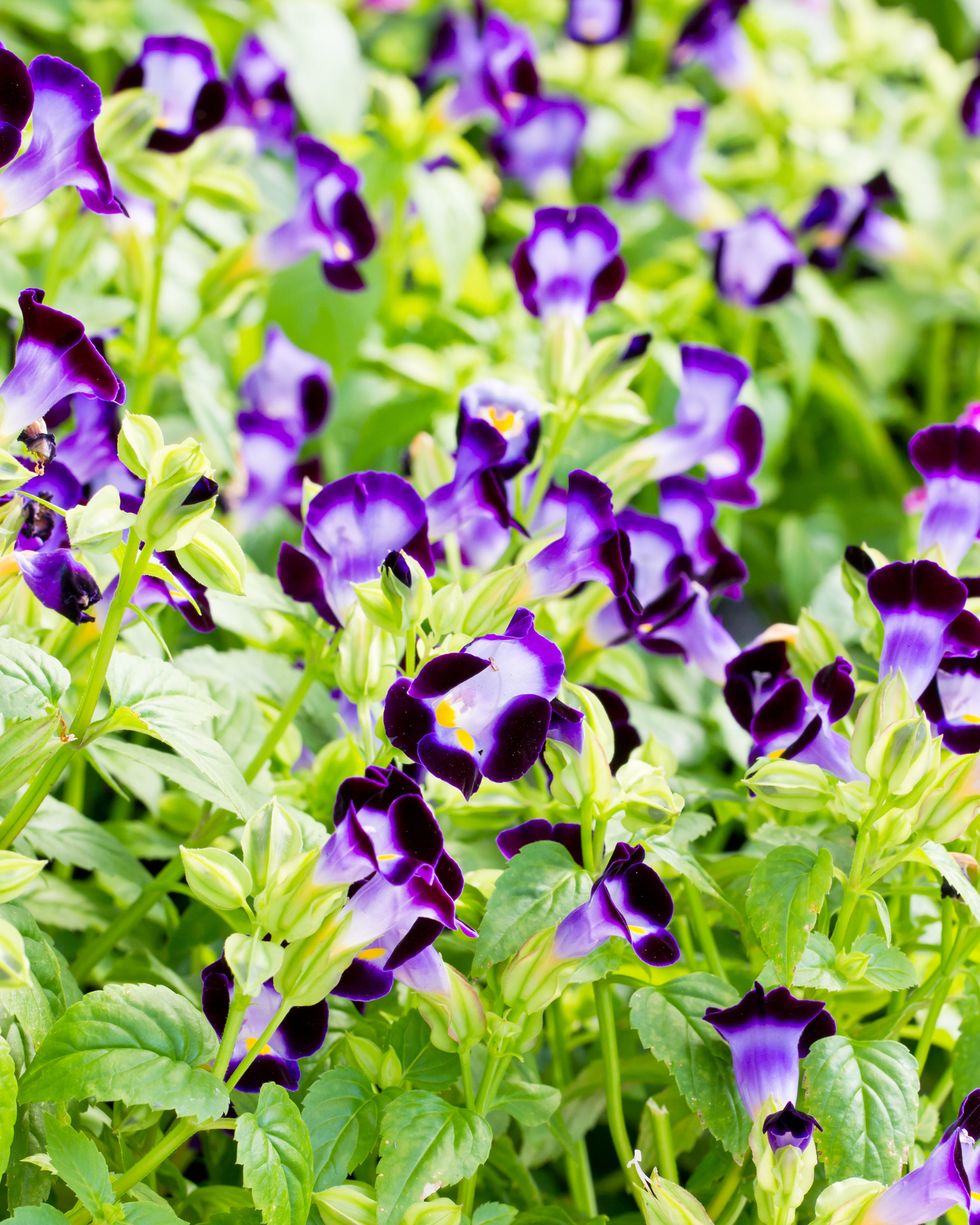 zygotehasnobrain//Getty Images
zygotehasnobrain//Getty ImagesTorenia is another hummingbird favorite with its tubular-shaped flowers in pink, white or purple with white throats. It looks beautiful tumbling out of window boxes.
Sun Exposure: full shade to part shade
USDA Hardiness Zones: 2 to 11
SHOP TORENIA
Advertisement - Continue Reading Below
13Zinnia
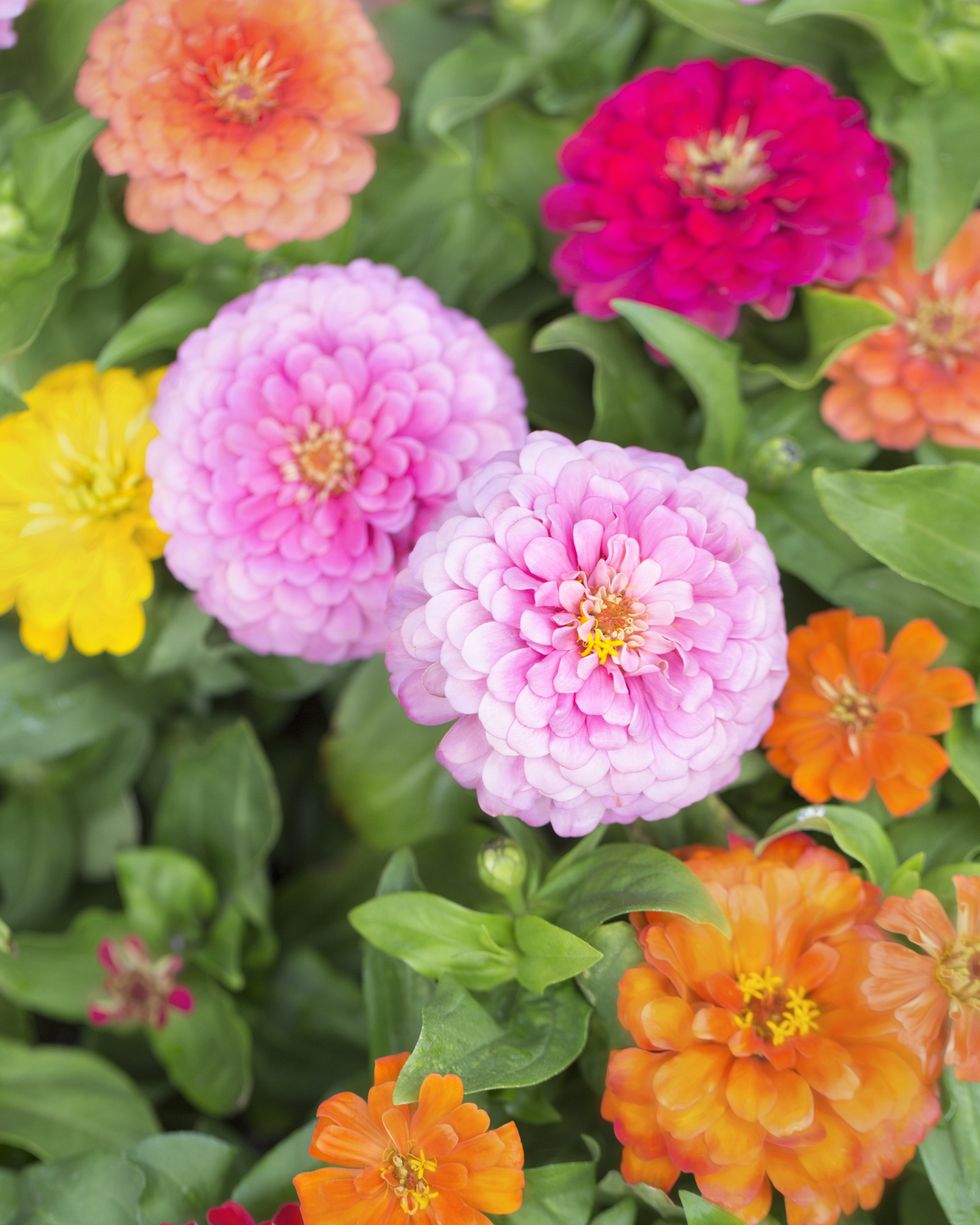 SusanGaryPhotography//Getty Images
SusanGaryPhotography//Getty ImagesZinnia is easy to grow from seed and comes in many different colors from lime green to hot pink. It is a pollinator magnet and has a long blooming life, from early summer to first frost.
Sun Exposure: full sun
USDA Hardiness Zones: 2 to 11
SHOP ZINNIA
14Cosmos
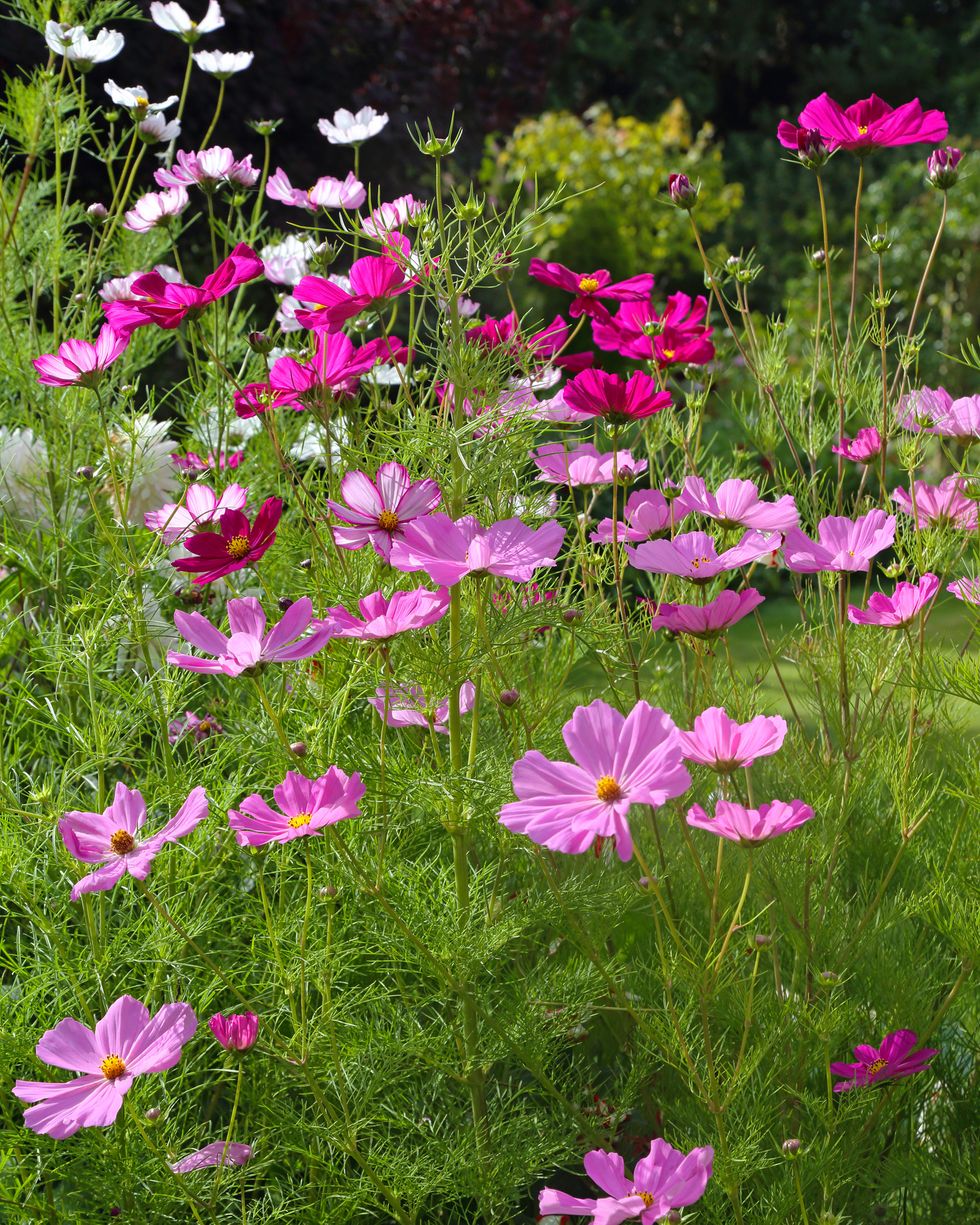 Rosemary Calvert//Getty Images
Rosemary Calvert//Getty ImagesThe long, elegant stems of cosmos stand tall and add beauty to the back of borders. Cosmos also makes a wonderful cut flower. They're easy to grow and low maintenance.
Sun Exposure: full sun
USDA Hardiness Zones: 2 to 11
SHOP COSMOS
Advertisement - Continue Reading Below
15Browallia
 Wirestock//Getty Images
Wirestock//Getty ImagesAlso called a bush violet or amethyst flower, these purple and pink blooms of this lesser-known flower appear on mounded plants. They are a great disease-resistant alternative to impatiens.
Sun Exposure: part shade to full shade
USDA Hardiness Zones: 9 to 11
SHOP BROWALLIA
16Snapdragon
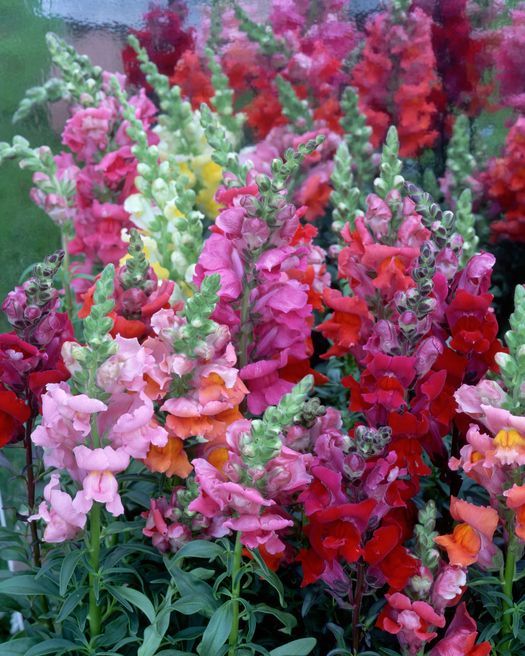 Darrell Gulin//Getty Images
Darrell Gulin//Getty ImagesSnapdragons come in pretty shades of pink, white, salmon, red and yellow. Their upright spikes of flowers make a stunning bouquet, too. They don’t mind a little cold so they can be planted early in the season for a long bloom period.
Sun Exposure: part shade to full sun
USDA Hardiness Zones: 7 to 11
SHOP SNAPDRAGON
Advertisement - Continue Reading Below
17Nasturtium
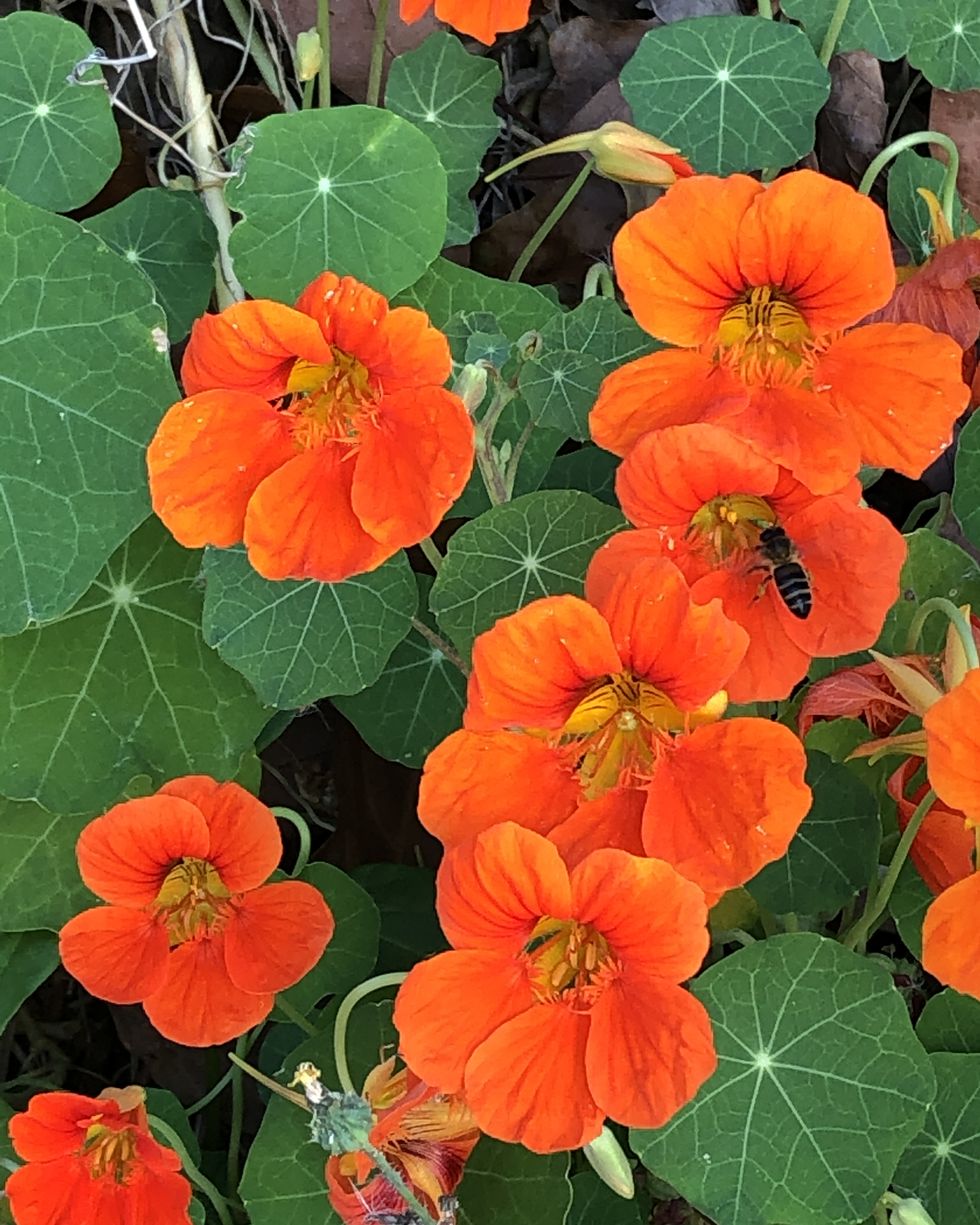 ©Daniela White Images//Getty Images
©Daniela White Images//Getty ImagesNasturtium is super-easy to grow from seed (soak the seeds overnight to speed up germination). Their pretty rounded leaves and brightly-colored flowers have a vining habitat, so you can help them grow up a trellis or let them tumble over garden beds. Fun fact: The flowers and leaves are edible and add a spicy kick to salads and cocktails.
Sun Exposure: part sun to full sun
USDA Hardiness Zones: 2 to 11
SHOP NASTURTIUM
18Cornflower
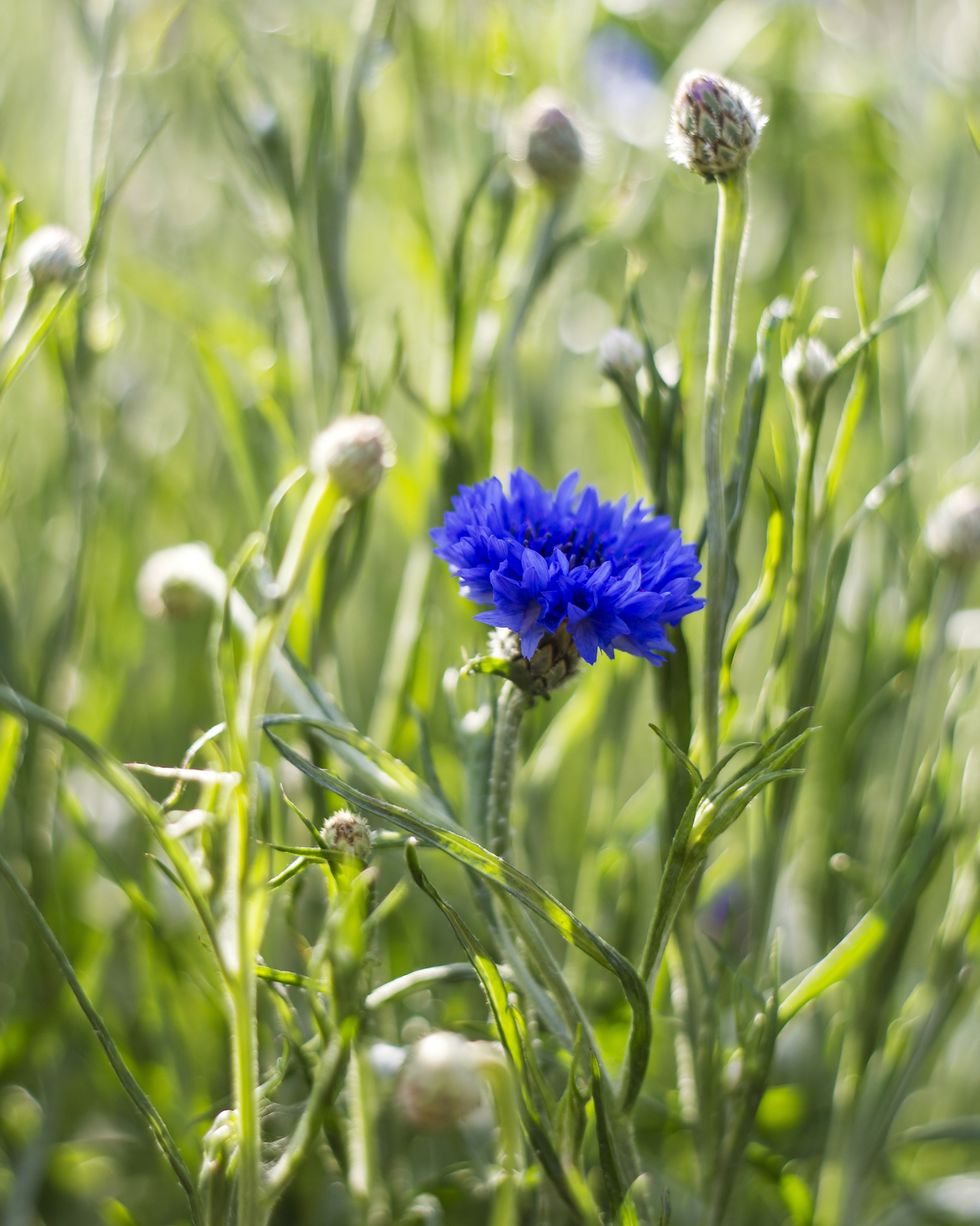 Mihaita Costin / 500px//Getty Images
Mihaita Costin / 500px//Getty ImagesThe cute tufted flowers of cornflower come in blues and pinks, and they make a great cut flower. They're great for pollinators, too! Deadheading will extend their bloom season.
Sun Exposure: full sun
USDA Hardiness Zones: 2 to 11
SHOP CORNFLOWER
Advertisement - Continue Reading Below
19Portulaca
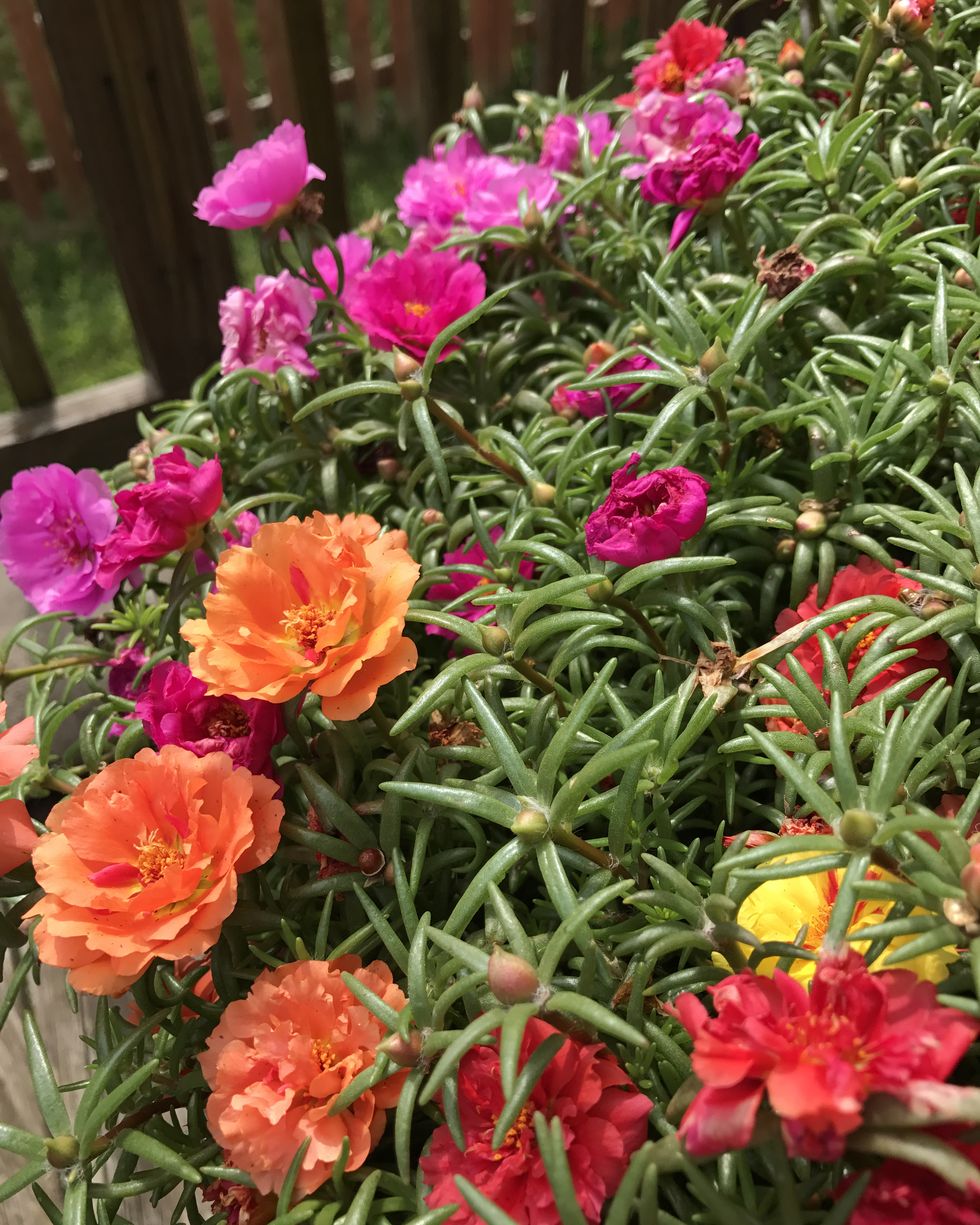 Meagan Widrick//Getty Images
Meagan Widrick//Getty ImagesThis low-growing succulent has pretty, bright flowers that last only one day, but the plants bloom nonstop. They’re ideal for hot, dry areas though they will grow in a lot of zones if taken care of.
Sun Exposure: full sun
USDA Hardiness Zones: 2 to 12
SHOP PORTULACA
20Fan Flower
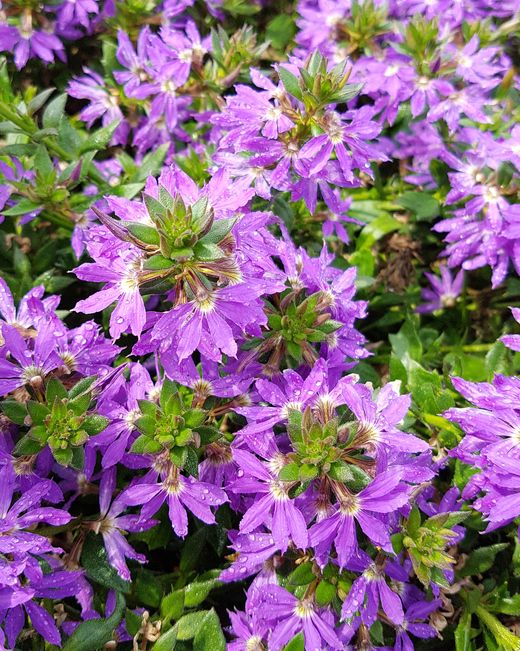 emer1940//Getty Images
emer1940//Getty ImagesFan flowers, or scaevola, have blooms in pink, white or purple. They’re a great plant in mixed containers because they spill over the sides for maximum impact. If you live in warm climates, they'll be a wonderful addition.
Sun Exposure: full sun
USDA Hardiness Zones: 10 to 11
SHOP FAN FLOWER

Arricca Elin SanSone is a writer, editor, and content creator who specializes in lifestyle and gardening. With a background in health reporting, she applies these same research skills when writing about the science of growing things. She trials new plants in her expansive garden, and her houseplant collection consists of 60+ varieties. Arricca has written thousands of articles for publications such as Country Living, House Beautiful, Good Housekeeping, Prevention, VERANDA, Southern Living, and more. She’s happiest when digging in the dirt, baking, or spending time with the people and dogs she loves.
Advertisement - Continue Reading Below
Advertisement - Continue Reading Below
Advertisement - Continue Reading Below





